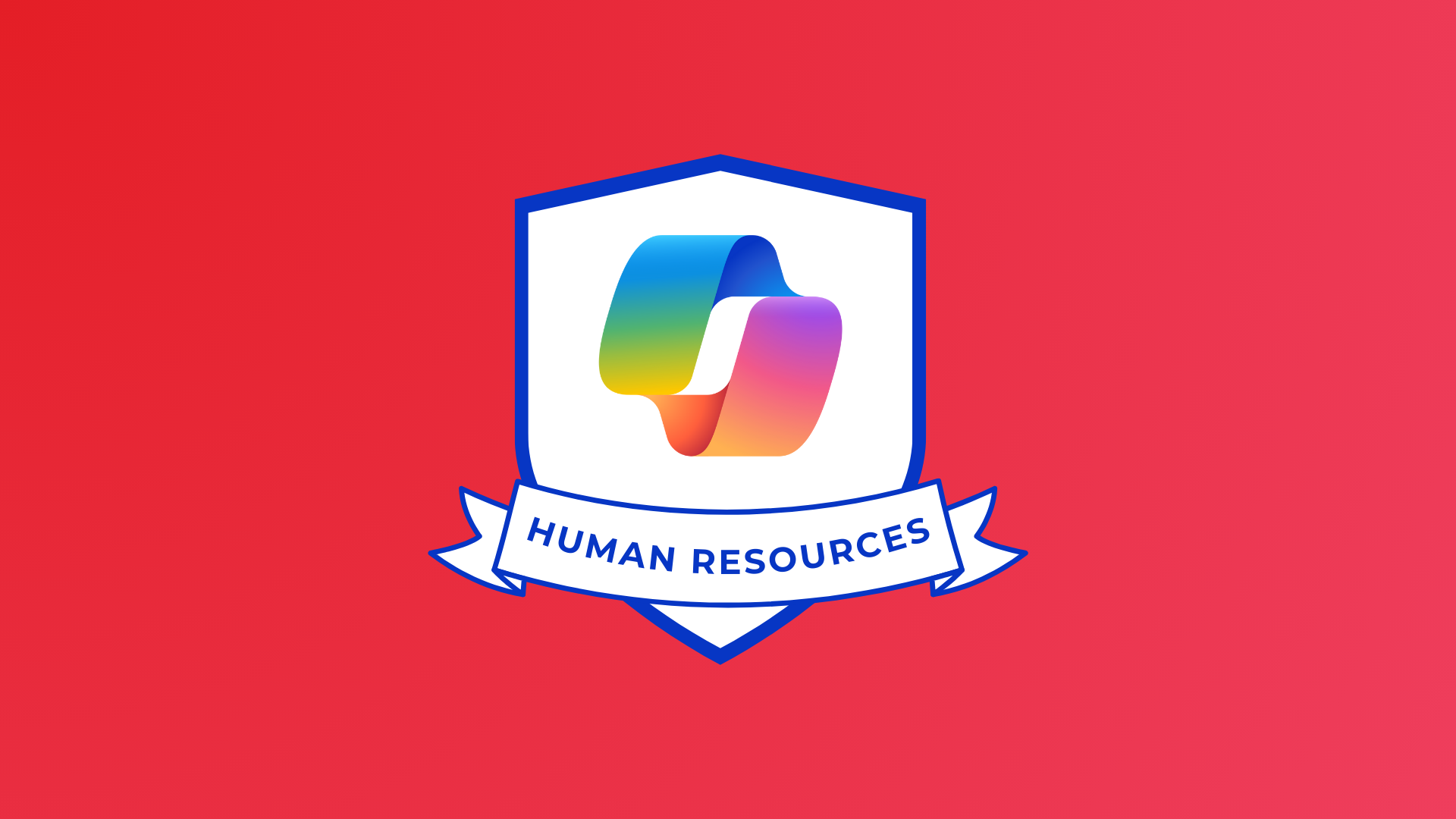
Before the pandemic, the term ‘hybrid working’ was rarely used. Remote working maybe, flexible working, yes. However, 18-months into the Covid-19 pandemic, hybrid working has been hailed as the ‘new norm’ and will undoubtedly become the work environment of the future.
Many companies that never envisioned the possibility of remote work found their people rose to the occasion and thrived in their new environment.
Employee expectations have changed for good as they’ve reaped the benefits of more flexible working patterns. Microsoft quoted, “80% of managers say they expect more flexible work from home policies post-pandemic with more than 70% of employees saying they’ll take advantage of them.”
To empower their people to succeed in a hybrid workplace, organisations need to reimagine the way they work with a new operating model for people, places and processes. It’s about ensuring that everyone is equal whether they’re in a conference room at head office, presenting remotely from a home office or out in the field.
What is hybrid working?
At its most basic, hybrid working is a form of flexible working where an employee can choose their place of work. However, some organisations have taken the opportunity to explore hybrid working even further to give employees more power not only over where they work, but when and how.
Hybrid working removes the restraints and provides endless possibilities for employees to choose how they work.
But what does this mean for organisations and how do they ensure they remain productive, effective and continue to meet the needs of the customer?
There’s no one-size-fits-all option with hybrid working as organisations explore what will work best for them, their people and their customers.
The benefits of hybrid working for the employee
1. No commute
One of the main advantages of hybrid working is the time saved from having no commute, and consequently, an improved work-life balance. As well as the time saved, employees are realising the cost savings of fewer trips to the petrol station or public transport fares.
2. Increased flexibility and choice
Businesses are seeing employees flourish in an environment of choice. Concerns of a drop in productivity have been met with employees who are using the flexibility to work when they are at their best. This increased choice for employees also harnesses a relationship of trust which in turn will see employees giving more .
3. Better work-life balance
We’ve already mentioned the time and cost-saving elements, but the positive impact that hybrid working has on work-life balance has been well documented. In our recent blog on stress busting from O365, we discovered that a lack of work-life balance can lead to work related stress, ultimately making people feel physically unwell.
Work-life balance is a vital aspect of a healthy working environment and helps to minimise stress. A hybrid working model means your employees have a chance to better balance their personal lives with their job responsibilities.
The benefits of hybrid working for the employer
1. Increased productivity
A recent Boston Consulting Group report showed that more than half of managers believe their teams are even more productive working remotely.
Allowing employees to enjoy flexible work schedules lets them work when they are at their most productive. Some people love mornings, while others are night owls. Some people are more productive when they know their children are safely in school, allowing them to concentrate on work. This mix of greater flexibility and increased focus increases productivity.
2. Increased profitability and cost-saving
Profitability gains arise from many sources.
Work-life balance is a key aspect of job satisfaction. Employees who are happy in their role and engaged in their work are less likely to leave the business. A reduction in staff turnover can save businesses thousands of pounds. A report commissioned by income protection firm Unum and carried out by Oxford Economics, The Cost of Brain Drain, has revealed that the cost of replacing staff currently sits at an average of £26,595 per employee.
We also know that a healthy work-life balance lowers the risk of burnout and stress that can lead to illness. Due to this, businesses also see a reduction in absenteeism.
According to the Health and Safety Executive 57% of working days are lost due to poor health resulting from workplace stress. Imagine the savings if that number were to halve?
With more people working from home, there’s also the cost-saving of a physical office space. Not having to provide a permanent desk for every employee every day means organisations can save money on rent and leases.
3. Broader talent pool
The world is literally your oyster! No longer are businesses restricted to hiring people within the local postcodes. Without the restrictions of an office base, talent can come from anywhere.
New open-minded recruiting and flexible working practices are attracting more applicants giving employees access to a talent pool that is the best available talent.
How we can help
Whether your organisation had Teams prior to the pandemic or launched it because of it, you’re already in a good position. Microsoft really is ahead of the game with its technology and future aspirations for the Teams platform.
Wherever you are on your journey, we’re here to help. We make it our mission to understand you, and the requirements and goals of your business. This way we can realise your dream together.
If you’re interested in speaking to us about how Hybrid Working could transform your organisation, please use the form below or contact us at [email protected] for a chat.
Share
Related Posts
Our most recent articles
11 April 2024
04 April 2024
21 March 2024








